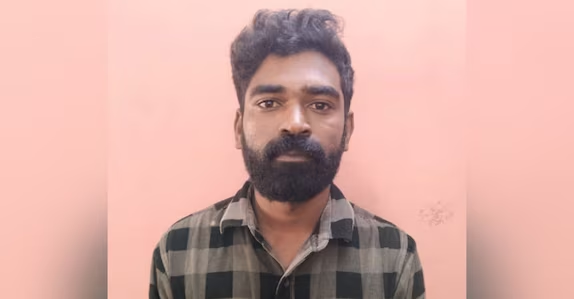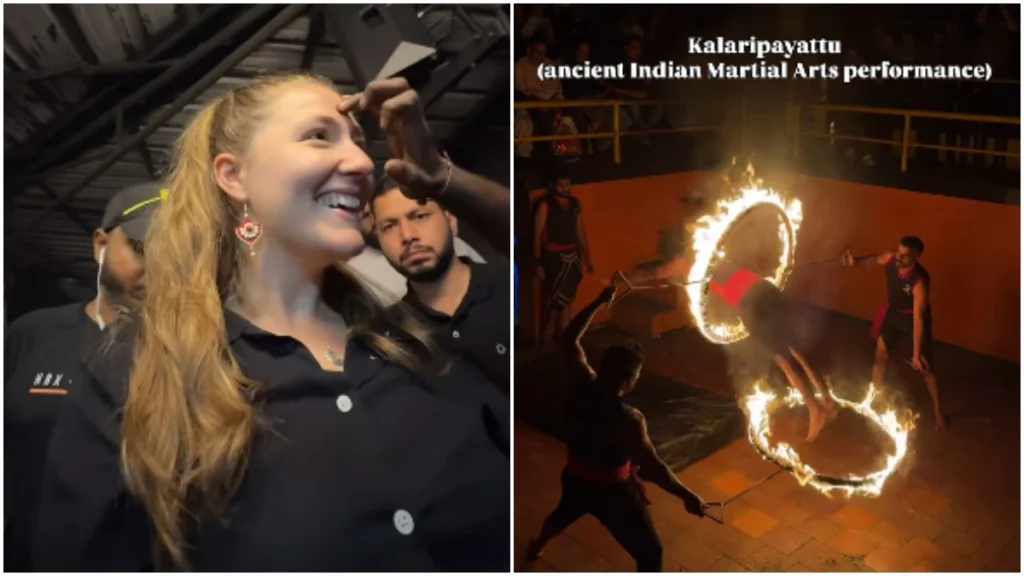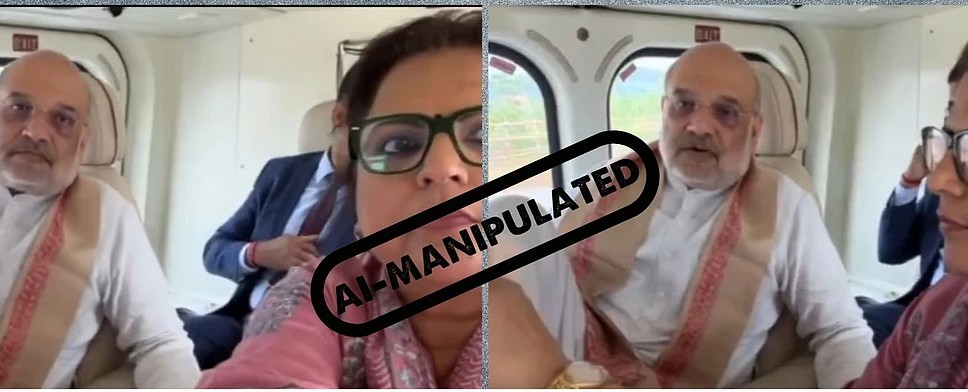Now Reading: Arrest Made Over AI-Generated Video
-
01
Arrest Made Over AI-Generated Video
Arrest Made Over AI-Generated Video

New Delhi, November 19, 2025: A shocking video depicting a purported zipline accident in a tourist area was widely circulated online recently, causing significant public alarm. The clip, which quickly went viral, was found to be entirely fabricated. It was generated using advanced Artificial Intelligence (AI) technology, successfully mimicking real-life footage.
The Creator Identified and Apprehended
Following an investigation was launched by local authorities, the individual responsible for creating and distributing the misleading video was identified as a man from Kerala. He was subsequently arrested by the police. The charges against him are believed to be related to spreading false information, creating public mischief, and potentially cybercrime. His identity was not immediately released to the public.
Also Read: Life Lesson Learned: Mahindra’s Take on Teaching
Motive and Method Revealed
The man’s alleged motive for creating the video is thought to have been simply to gain views and attention on social media platforms. The creation process itself was reported to have involved easily accessible AI tools. This incident is being cited as a stark example of how highly convincing “deepfake” or synthetic media can be produced and distributed quickly, often without a clear disclaimer that the content is not real. A detailed statement regarding the specific AI software that was used was not provided by the police.
Public Alarm and Tourism Impact
The immediate aftermath of the video’s release was characterized by panic, particularly within the tourism sector in the area that was targeted. The clip was viewed by many as genuine footage of a tragic accident, and concerns about the safety of adventure sports were widely raised. Significant damage to the reputation of local adventure park operators was reportedly caused. Authorities were forced to issue official statements confirming that no such accident had occurred and that the video **was fabricated. The prompt action of the police was praised by the affected businesses.
Broader Implications Considered
This case is being treated seriously by law enforcement as it highlights the growing challenge presented by AI-generated misinformation. It is expected that the outcome of this arrest will serve as a deterrent against the creation and sharing of deceptive content. Calls for stricter regulations and clear labeling of AI-generated media have been renewed in light of this incident. The need for greater digital literacy among the public, so that such manipulated videos can be better identified, was also emphasized by commentators.










